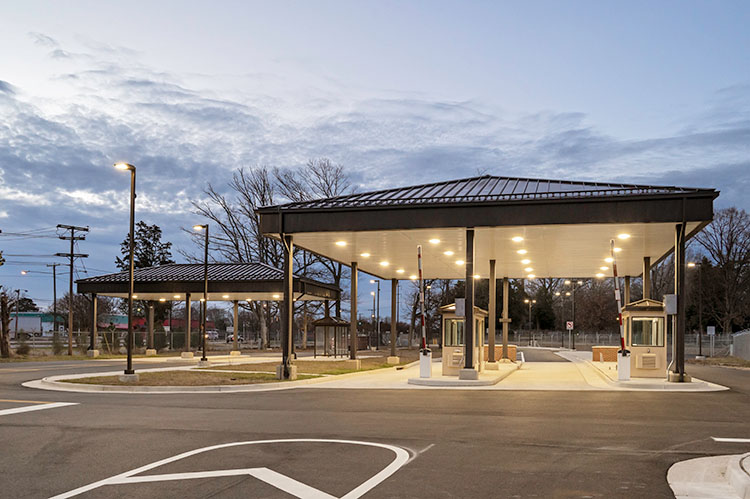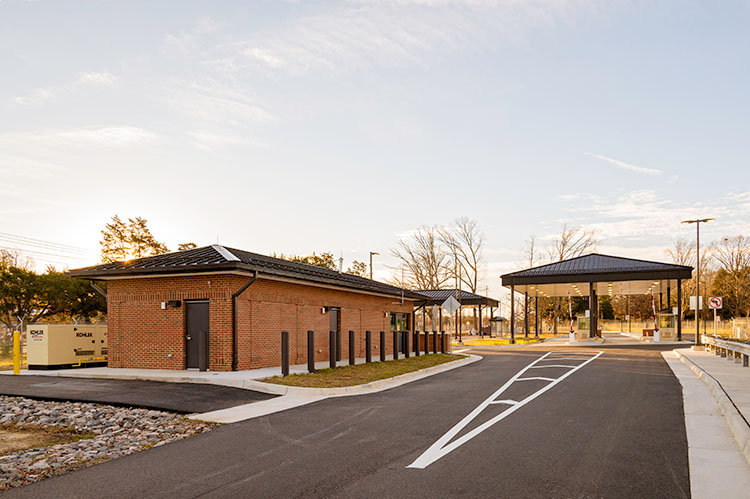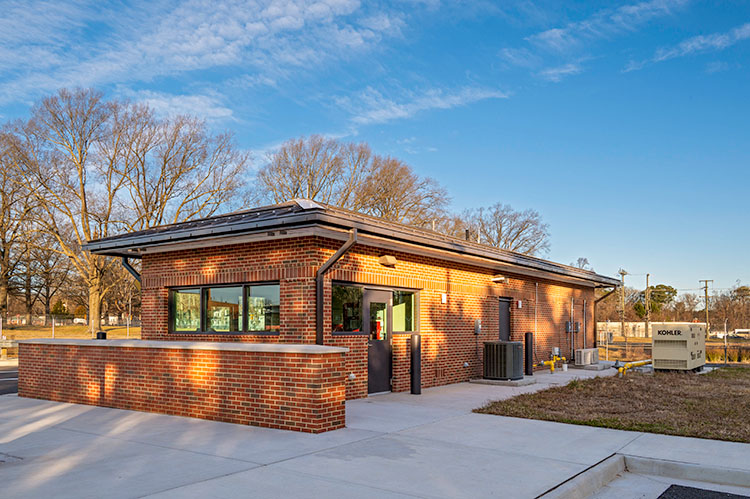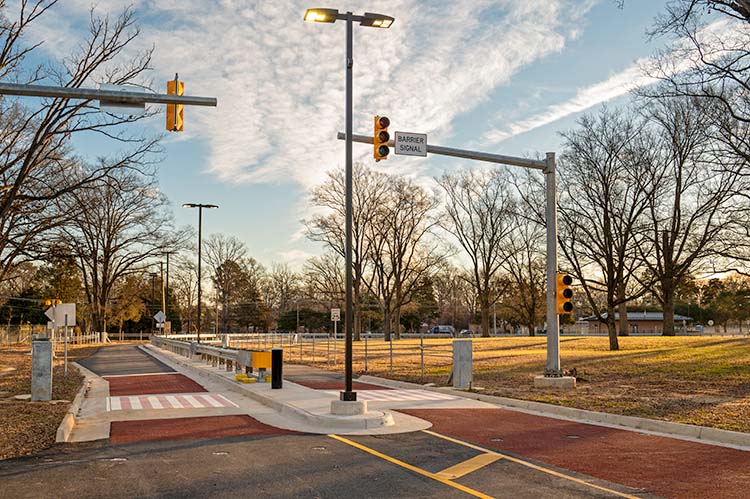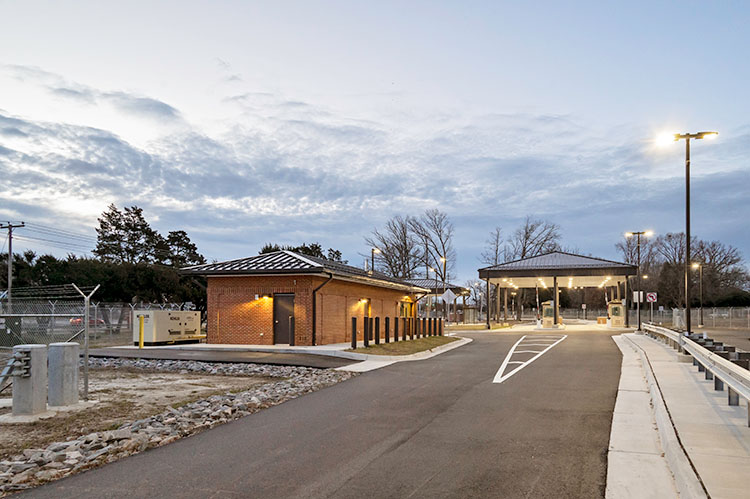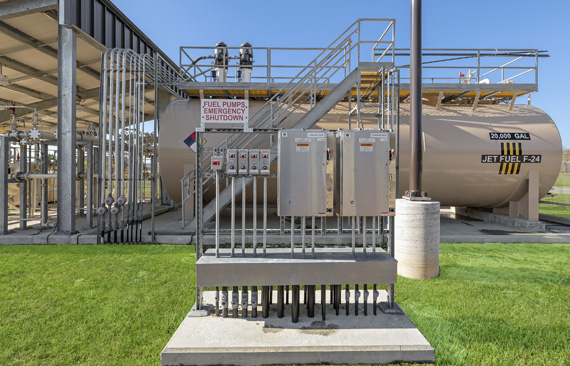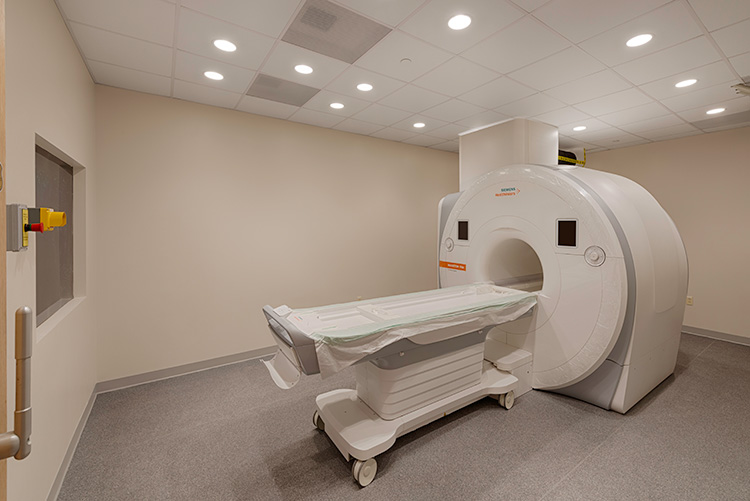This five-acre, US Army Corps of Engineers project includes a new gate house, two bullet resistant guard booths, two steel covered inspection canopies, a vehicle search area shelter, new two-lane entrance and roadways, parking, lighting, traffic control signals, security fencing, passive, and active vehicle barriers with comprehensive control systems.
This was a complex project with many significant and interconnected design elements. Brite’s scope of work included: partial demolition of existing electrical overhead and underground distribution systems, new construction of underground and overhead utility infrastructure for electrical, telecommunications, security, and traffic control systems, roadway lighting, fire alarm, lighting protection, emergency power generation, medium voltage distribution, and general electrical distribution.
Notable project elements included: SF6 pad mount switch, 75kVA 13.2kV to 120V pad mount transformer, 75kW dual-fuel emergency generator, 15kVA UPS system, demolition of (5) overhead, medium voltage power distribution poles & cabling, (3) new overhead, medium voltage power distribution poles & cabling, 8,000 linear feet of new 5kV cabling, 1,900 linear feet of 6”, 4-way and 2-way concrete encased electrical duct banks, 1,600 linear feet of 12, 10, 6, 4, and 2-way communications duct banks, (15) precast electrical and communications utility structures, (54) concrete polymer utility structures, (39) roadway lighting poles.
This site-heavy project experienced significant weather-related challenges. Instead of allowing the project team to be held back, Brite overcame this obstacle, working months in wet conditions to keep the project on schedule.
Another notable point of consideration: This project is directly adjacent and connected to the base’s primary point of electrical service entrance. Developing an Owner-accepted, workable sequence for the various medium voltage shutdowns related to demolition, modifications, and construction of new utility infrastructure required significant efforts in planning and coordination. Ultimately, each task was successfully completed within the tight, off-hours time constraints allotted.

